Idea by
Daniel Cevallos Andrade
Temporary Atmospheres
Call for ideas 2019
Beyond the ruin
Beyond the ruin
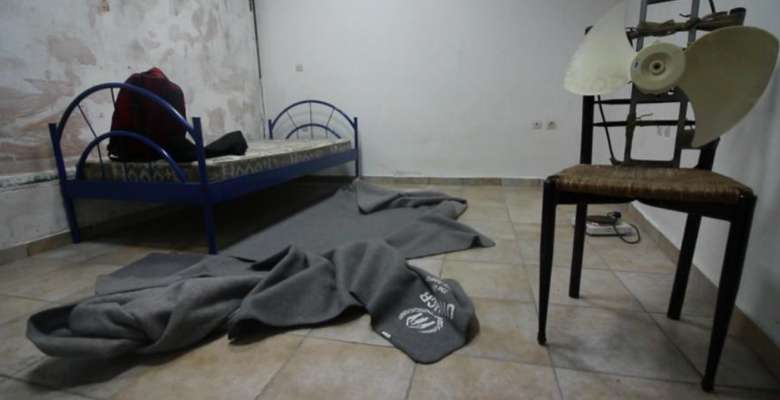
- New alliances
"BEYOND THE RUIN" is focused on the relationship between buildings abandoned by the crisis and users who are in a state of forced transit due to military conflicts. Nowadays, these buildings fulfill a possible reactivation for the lodging of this exposed group of people, triggering a great variety of dynamics in their ways of life. Lifestyles that have been affected by modifying their daily habits already developed in their past day by day. These new ways of life have generated a great exchange of customs, habits and culture, as well as accessibility to distant geographies, unknown to this group of people, but in turn cause a great imbalance in the sense of belonging, drastically affecting the routines and customs of each one of them, and the alteration of the space occupied by these actors. So, what role would architecture play in this type of population?
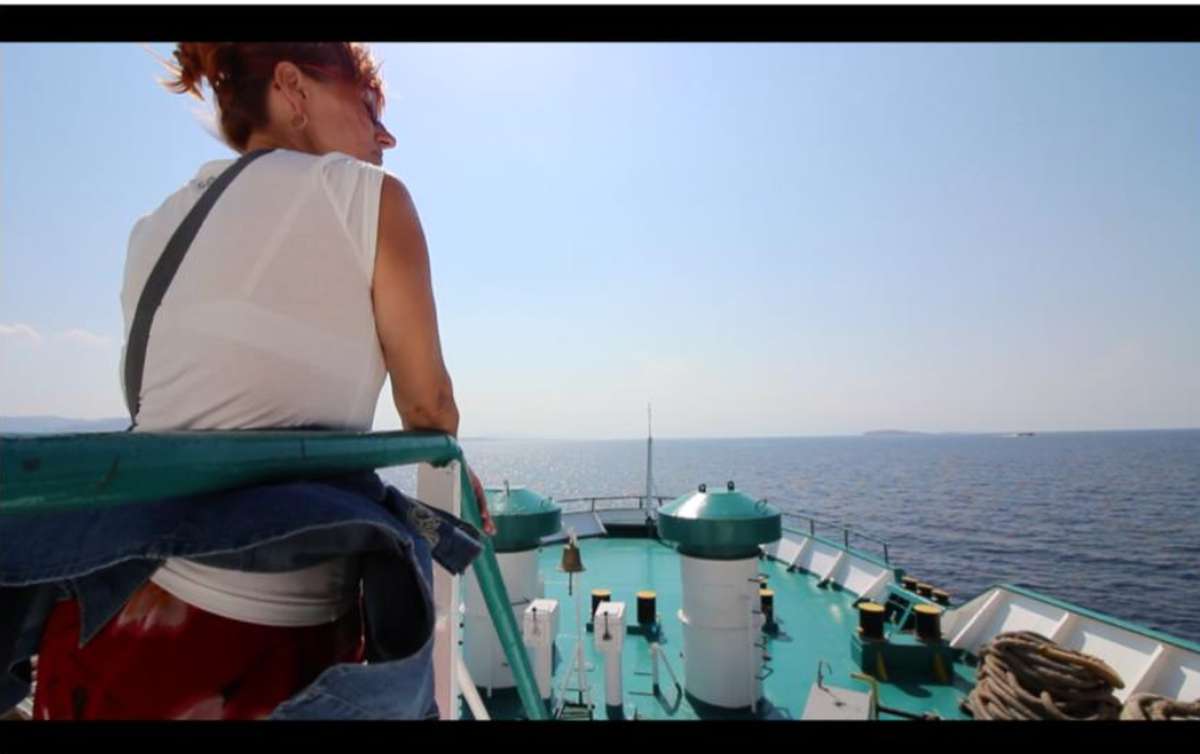
Everything changes. That is the basic constant of nature that leaves a trace in inert objects and alters the conscience of the people whom once upon resided in those containers, where habits, customs and life dynamics developed someday. But, what happens if the sense of residing has passed in a second aspect and it no longer matters the fact of having an adequate relationship between the atmosphere and the subject? We believe which dwelling is the final cause pursued by architecture. but?
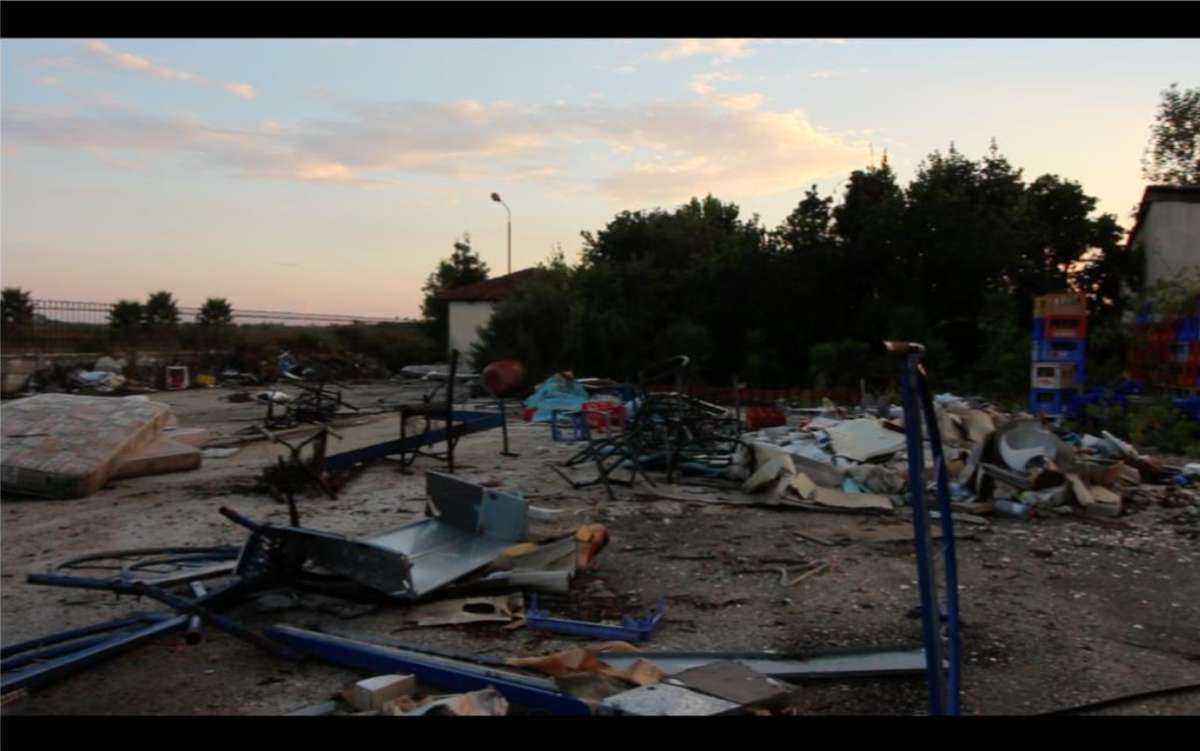
What a great silence! The wind is the only sound we can hear: the laughter of a child, the cries of young people and the conversations of adults are no longer heard. This scenario has been incomplete, one of their actors has left. After the real estate crisis produced globally, many of these containers of habits were uninhabited.
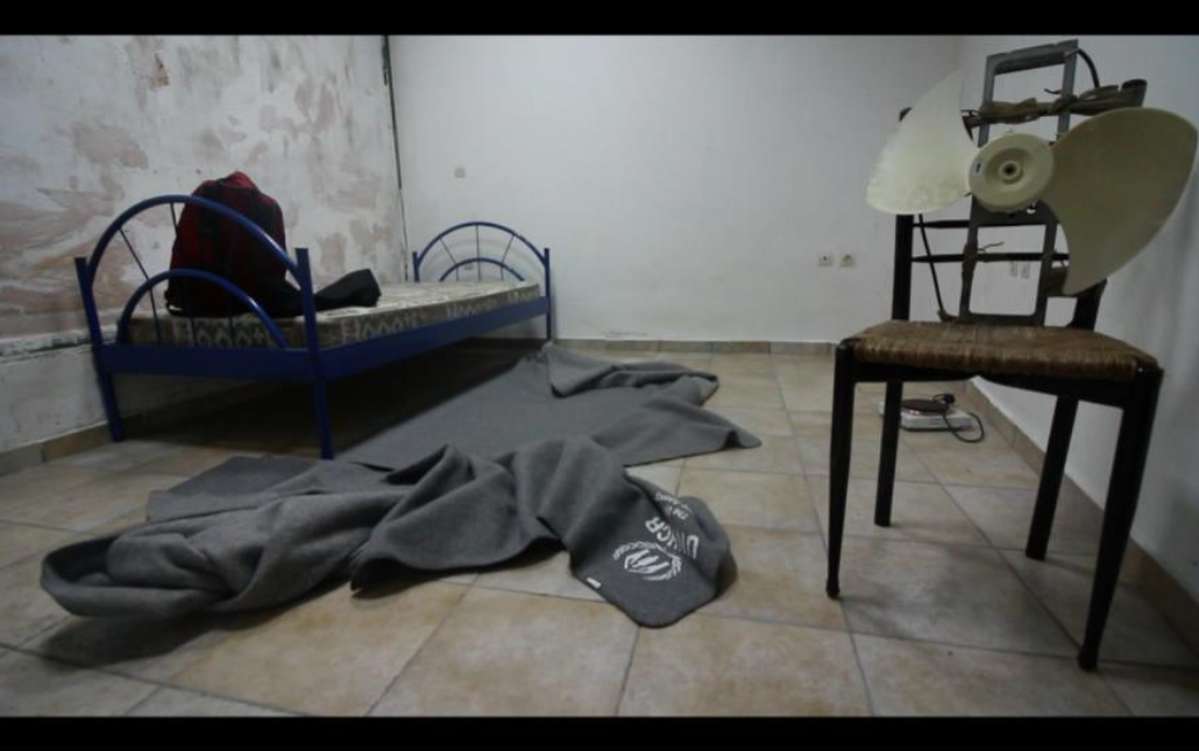
The rules limit us just like the borders. The imposed space limitations are basic components of architecture: the walls, roof and floor transform the space. These delimiting elements require us to develop our habituality in a dimensioned container: According to Space Caviar (2015, page 61), "architecture can be understood as an instrument to stabilize this precarious balance between rationality and madness, which is everyday life ", Architecture looks for habitable spaces, but?
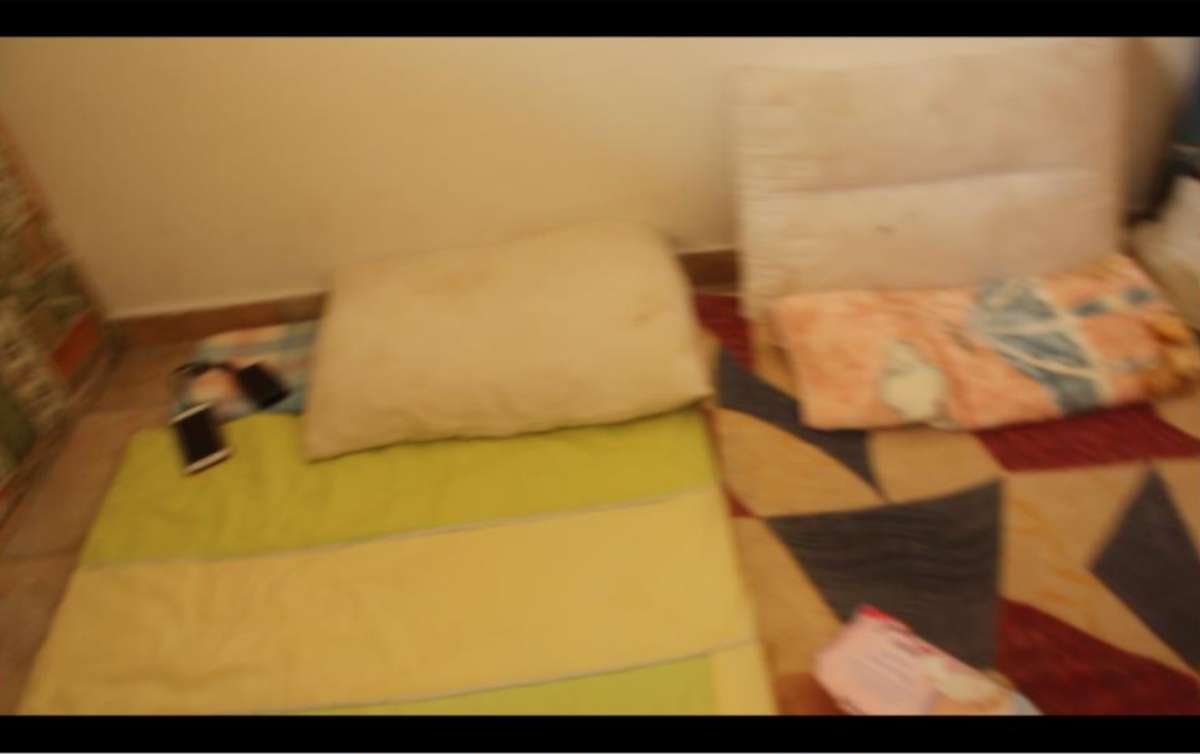
Where will I stay tonight? It is a frequent question when they have not yet reached any place where they can rest and leave their belongings for a moment. People, who are in transit conditions, make the inequality that exists more visible, because of the way they occupy the places

7 shirts, 4 pairs of jeans, 10 pairs of socks, 10 boxers, daily cleaning utensils (toothbrush, toothpaste, shampoo, soap, shaver), money, mobile and finally documentation. This was my last baggage I took on one of my trips, but what would happen if it were not a pleasure trip or a trip in which the route or final destination is not known, what do we pack if we don't know when we come back?
Beyond the ruin
Beyond the ruin

- New alliances
"BEYOND THE RUIN" is focused on the relationship between buildings abandoned by the crisis and users who are in a state of forced transit due to military conflicts. Nowadays, these buildings fulfill a possible reactivation for the lodging of this exposed group of people, triggering a great variety of dynamics in their ways of life. Lifestyles that have been affected by modifying their daily habits already developed in their past day by day. These new ways of life have generated a great exchange of customs, habits and culture, as well as accessibility to distant geographies, unknown to this group of people, but in turn cause a great imbalance in the sense of belonging, drastically affecting the routines and customs of each one of them, and the alteration of the space occupied by these actors. So, what role would architecture play in this type of population?

Everything changes. That is the basic constant of nature that leaves a trace in inert objects and alters the conscience of the people whom once upon resided in those containers, where habits, customs and life dynamics developed someday. But, what happens if the sense of residing has passed in a second aspect and it no longer matters the fact of having an adequate relationship between the atmosphere and the subject? We believe which dwelling is the final cause pursued by architecture. but?
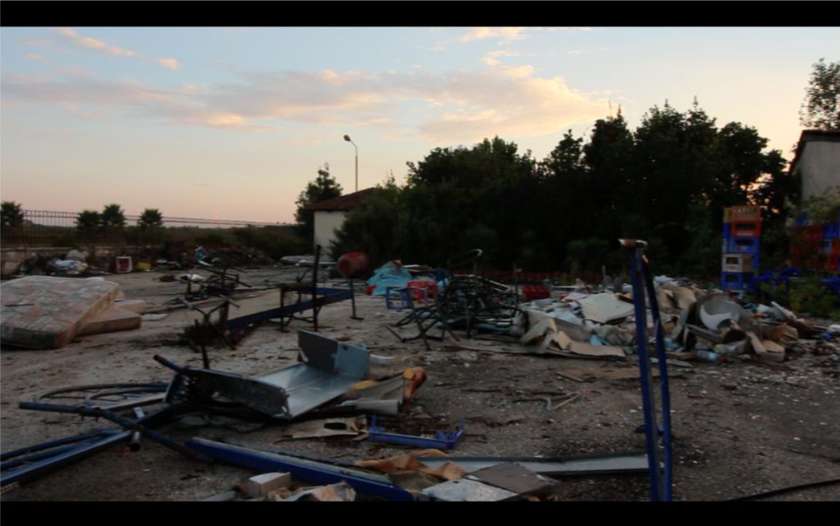
What a great silence! The wind is the only sound we can hear: the laughter of a child, the cries of young people and the conversations of adults are no longer heard. This scenario has been incomplete, one of their actors has left. After the real estate crisis produced globally, many of these containers of habits were uninhabited.

The rules limit us just like the borders. The imposed space limitations are basic components of architecture: the walls, roof and floor transform the space. These delimiting elements require us to develop our habituality in a dimensioned container: According to Space Caviar (2015, page 61), "architecture can be understood as an instrument to stabilize this precarious balance between rationality and madness, which is everyday life ", Architecture looks for habitable spaces, but?

Where will I stay tonight? It is a frequent question when they have not yet reached any place where they can rest and leave their belongings for a moment. People, who are in transit conditions, make the inequality that exists more visible, because of the way they occupy the places
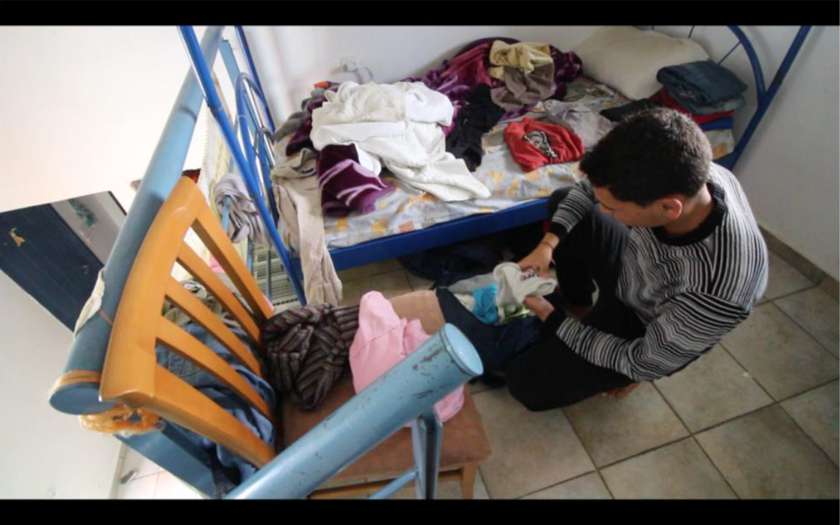
7 shirts, 4 pairs of jeans, 10 pairs of socks, 10 boxers, daily cleaning utensils (toothbrush, toothpaste, shampoo, soap, shaver), money, mobile and finally documentation. This was my last baggage I took on one of my trips, but what would happen if it were not a pleasure trip or a trip in which the route or final destination is not known, what do we pack if we don't know when we come back?